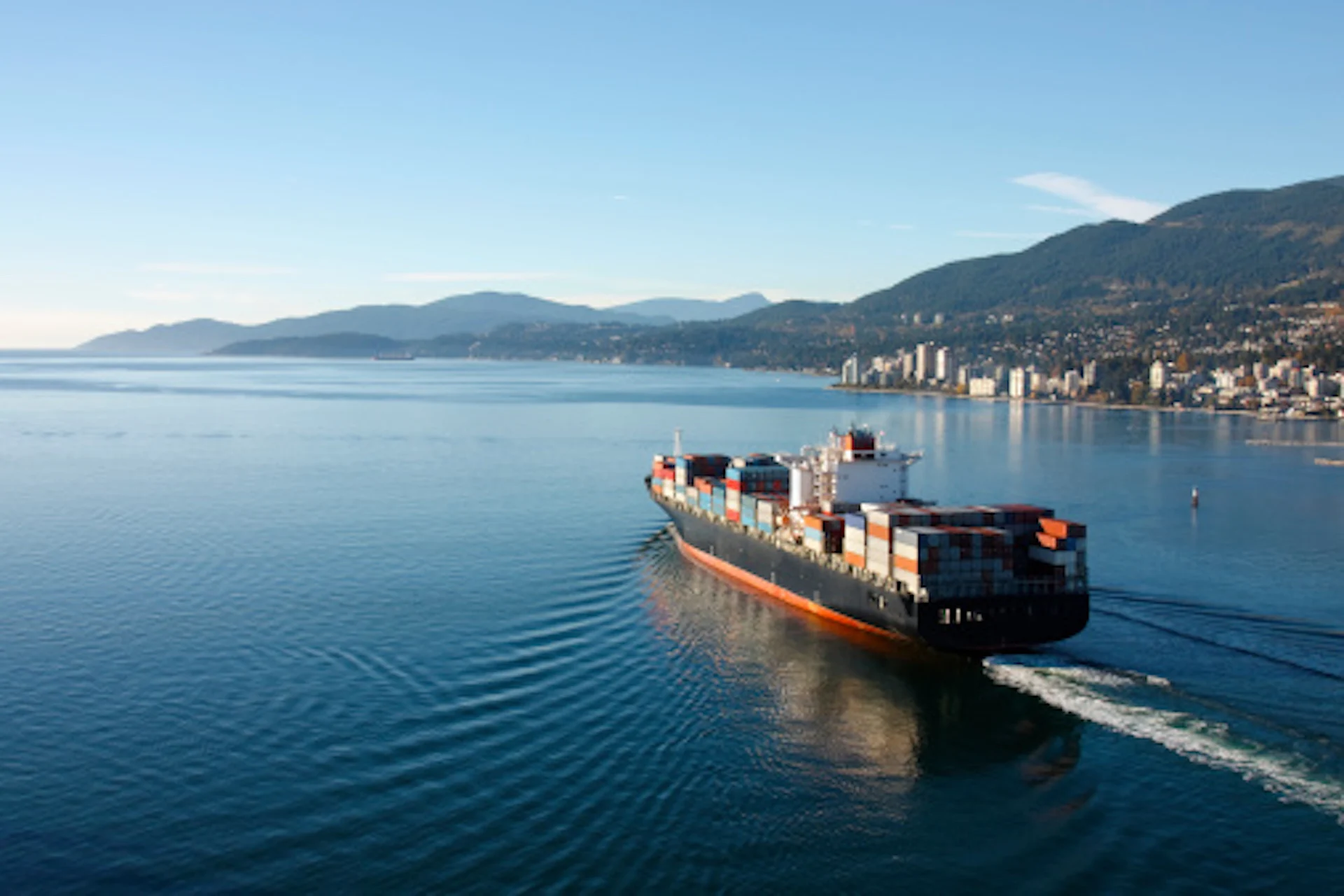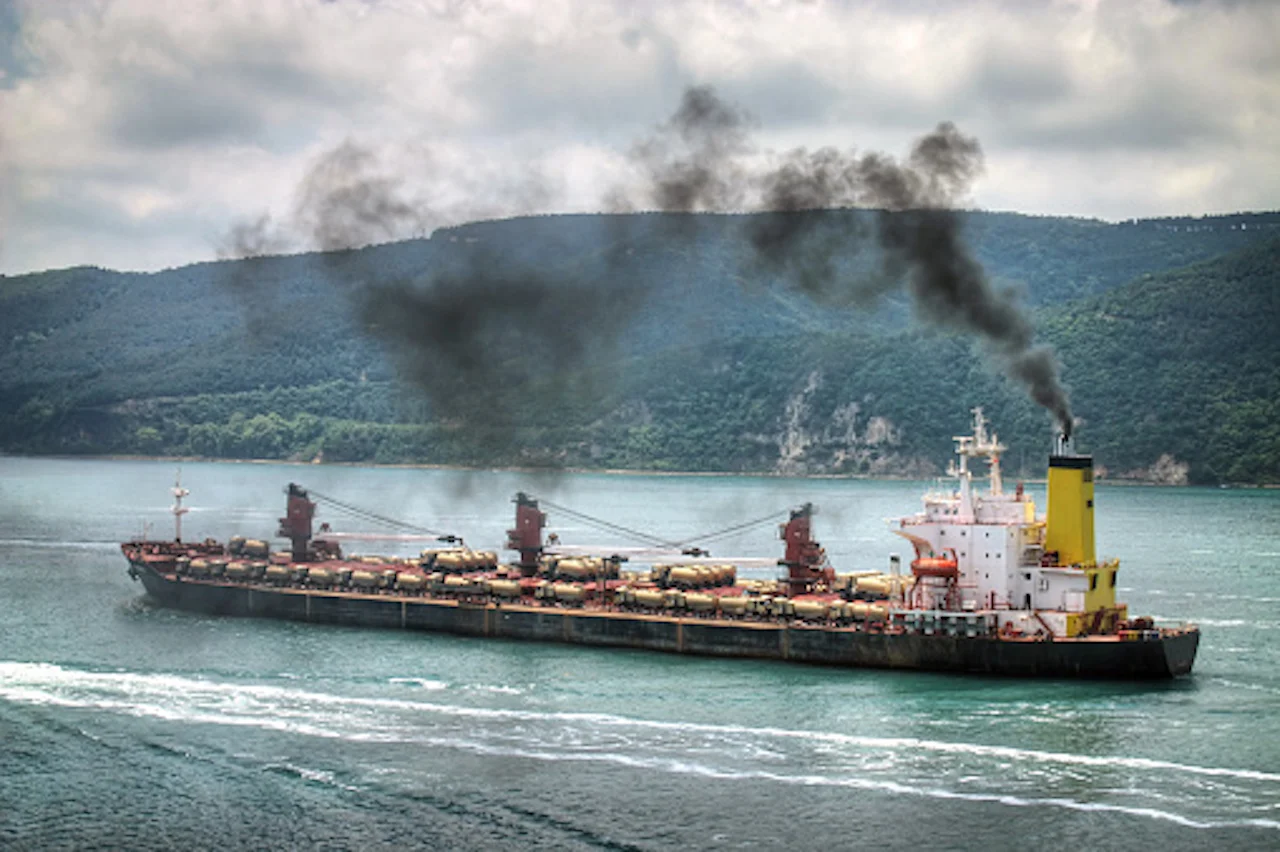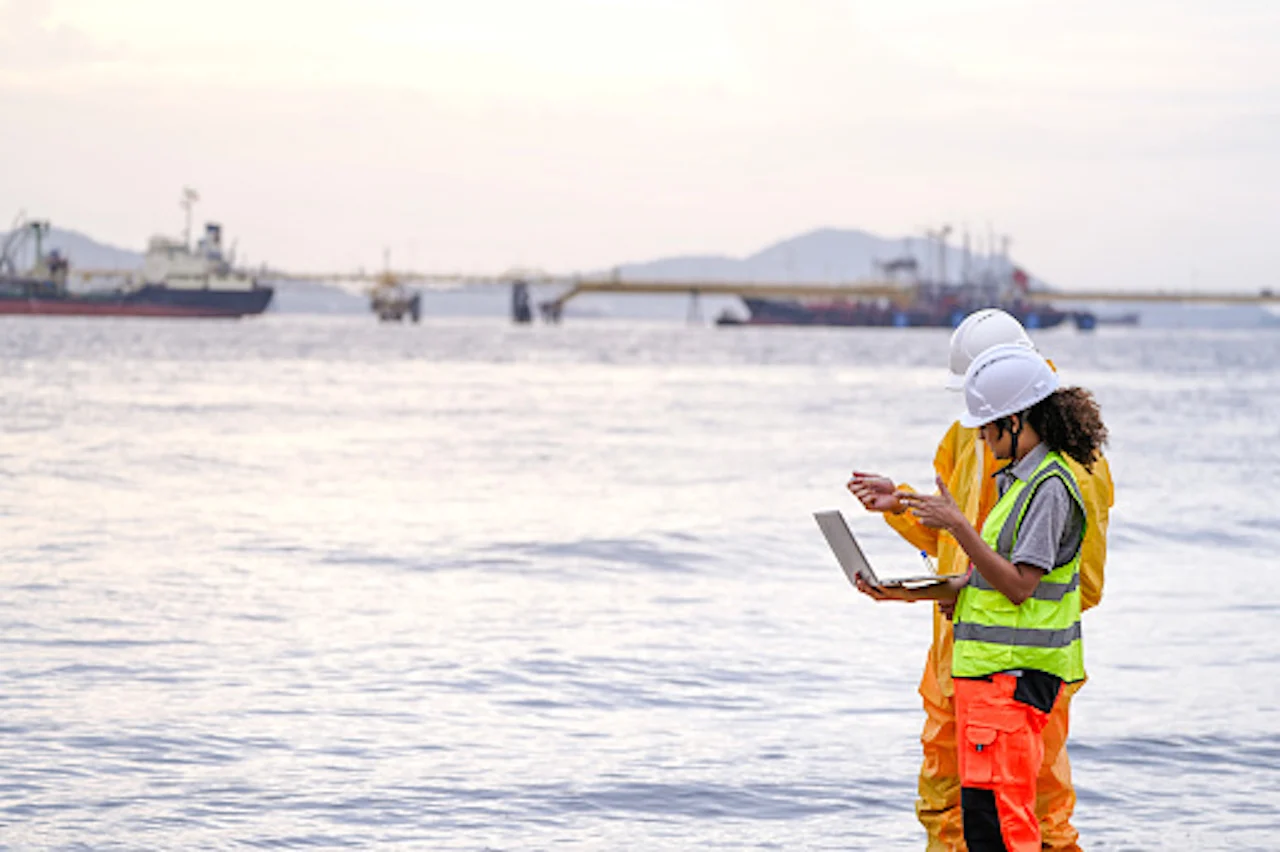
How seawater and limestone could be used to reduce maritime emissions
Maritime CO2 emissions could be reduced by as much as 50 per cent with the use of a new shipboard system being developed by American universities and a startup firm, according to a recently published study
With Canada and other countries looking to increase the sales of electric vehicles (EV) as a mean to help reduce greenhouse gas emissions, what is the world doing to combat the carbon dioxide (CO2) levels emitted by marine-based transportation?
Well, researchers at the Caltech and Southern California (USC) universities, working alongside a startup firm, may have found a doable solution.
SEE ALSO: Answer to high ocean acidity may lie in carbon transfer from wetlands
The answer is a shipboard system using limestone and seawater that can reportedly convert the CO2 emissions generated by shipping vessels into an ocean-safe solution. The process could cut maritime CO2 emissions by as much as 50 per cent, according to a USC news release.
The concept is part of a study published in Science Advances.

(Getty Images/boryak/120046804-170667a)
“What’s beautiful about this is how simple it is,” said William Berelson, a USC professor and co-corresponding author in the study, in the news release. “We’re speeding up a process the ocean already uses to buffer CO2––but doing it on a ship, and in a way that can meaningfully reduce emissions at scale.”
How the idea operates
According to the authors of the study, the process imitates a natural chemical reaction in the ocean. As the ships traverse through seawater, CO2 released from the exhaust is digested into water that is pumped on board, making it "slightly more acidic."
Following that, the water proceeds to move through a patch of limestone, where the acid reacts with the rock to form bicarbonate, which is naturally found in seawater as a safe and stable compound. The now-treated water, free of CO2, is then released back into the ocean.

(Getty Images/Ultramansk/2222108057-170667a)
“What’s most exciting to me is that this started as a pure science question: 'How does the ocean buffer CO2?'” said Berelson. “From there, we realized we might have a real-world solution that could help fight climate change.”
Maritime shipping creates almost three per cent of global greenhouse gases
The study noted that maritime shipping produces almost three per cent of global greenhouse gas emissions. Any current solutions to address the ocean emissions, such as low-carbon fuels and electrification, are still too expensive or not feasible for treks that are of long-distances, according to USC.
The research on the shipboard system is being conducted with Calcarea––a startup company working on getting the technology to market. Right now, Calcarea is in early talks with commercial shippers and reviewing pilot programs that would test the technology on operable vessels.
While doing work on the shipboard in the lab, those involved in the study experimented on vital elements of the process, utilizing controlled amounts of seawater, limestone and CO2. Their tests were matched closely with theoretical projections, boosting the researchers' confidence in being able to "scale up their modelling" to the size needed to work on real vessels, the Southern California university said.

(Getty Images/FangXiaNuo/1155475425-170667a)
“We see our approach as a complementary strategy that could help ships reduce their environmental impact without major design overhauls,” said Jess Adkins, co-founder and CEO of Calcarea and a professor at Caltech, in the USC news release.
As well, the examination also used advanced ocean modelling to analyze any potential impacts after the bicarbonate-rich water is put back into the ocean.
A hypothetical ship taking multiple trips between China and Los Angeles over a 10-year period was monitored in simulations, with data keeping tabs the vessel discharging treated water along the route. The models showed an inconsequential impact on ocean pH and chemistry, USC said, demonstrating an "important validation" for the technology’s environmental safety.
Meanwhile, research on the initiative continues from Calcarea, with inquiries into reaction rates and long-term impacts on ocean chemistry.
WATCH: The 'other' EV revolution: e-bikes and scooters
With files from the University of Southern California.
Thumbnail courtesy of Getty Images/HeliRy/183238611-170667a.

